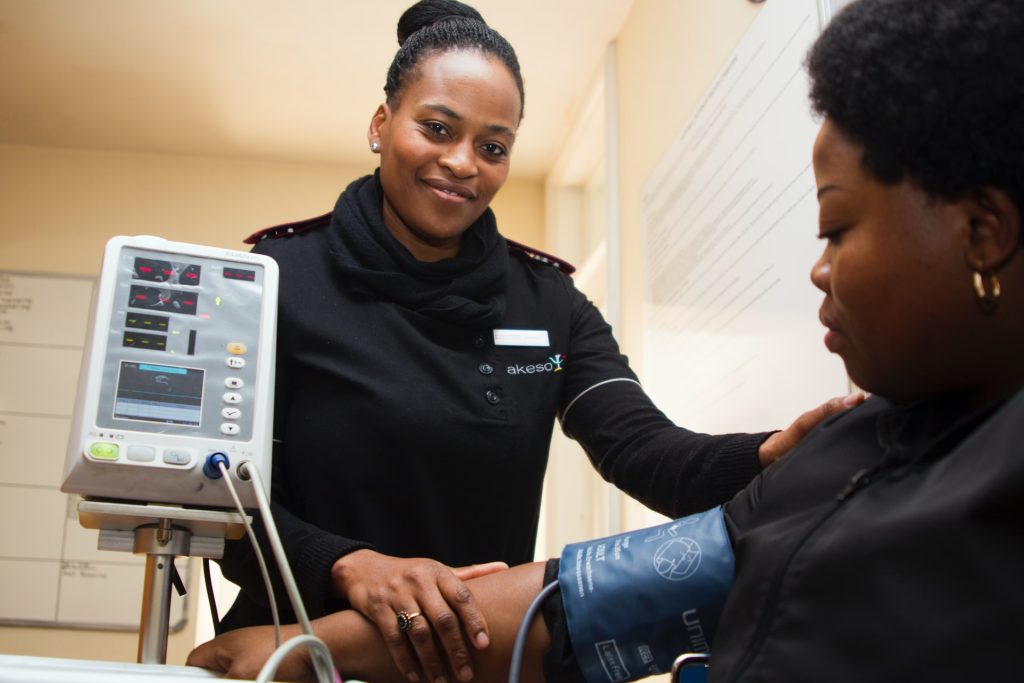Our Nurses, Our future: Addressing the Critical Issue of Sustainability in SA’s Healthcare Sector

With only 22 090 nurses to serve the country’s public health sector of more than 50 million citizens1, urgent intervention is required to bolster their numbers and protect the wellbeing of our nation. After all, without their tireless dedication, who will be there to guide you through the corridors back to health? writes Bada Pharasi, CEO of the Innovative Pharmaceutical Association of South Africa (IPASA)
As the global healthcare industry commemorates International Nurses Day on 12 May, it is an opportune moment to reflect on the role of nurses as the heartbeat of healthcare systems globally. Amid turmoil and triumph, nurses stand as the unsung heroes and compassionate caretakers who embody empathy, endurance and expertise.
In South Africa, where healthcare challenges often loom large and resources are stretched thin, nurses serve as the frontline warriors, bridging the gap between suffering and healing. Yet, despite the invaluable role they play, a concerning trend looms.
Minister of Health, Joe Phaahla, recently revealed a pressing concern – the anticipation of a staggering 30% of South African nurses retiring within the next decade, and 38% retiring the decade thereafter. Compounding the issue, 5060 vacancies remain unfilled on the back of crippling budget constraints1.
Representing over 90% of global healthcare workers2, nurses are indispensable in the healthcare ecosystem, and addressing this impending crisis of their reducing numbers demands comprehensive and multifaceted solutions that approach the challenge from every angle.
The nurse shortage crisis in South Africa stems from multiple factors. Firstly, the escalating healthcare needs of a growing population, compounded by the burden of infectious diseases such as HIV/AIDS, have strained the healthcare system to breaking point.
Another factor is the restricted capacity of the private sector to train nurses comprehensively due to existing regulations. Moreover, poor working conditions, particularly in the public sector, and comparatively low salaries have led to high turnover rates, prompting nurses to explore alternative career paths or seek employment opportunities abroad3.
While there are many challenges to defusing the proverbial ticking time bomb which is the declining number of qualified nurses in South Africa, increased investment across the board is critical to strengthening their ranks.
Despite financial investment being central in realising this, addressing the problem demands a focus on improving the working conditions of nurses. Healthcare facilities must prioritise nurses’ well-being by offering competitive salaries, manageable workloads, and opportunities for career growth. By creating a supportive work environment, South Africa can retain more nurses and deter them from seeking opportunities abroad3.
Furthermore, granting private hospitals full participation in nurse training programmes is crucial. Private sector entities, such as Netcare, have the capacity to train as many as 3,500 nurses annually. However, limited accreditation from the government hampers their potential contribution to resolving the nurse shortage. Expanding private sector involvement in nurse training could substantially increase the number of trained nurses in the country3.
In addition to these measures, collaborative efforts between the government, healthcare institutions, and nursing organisations are essential. Such partnerships can identify and implement strategies to alleviate the shortage, including targeted recruitment drives, mentorship programmes, and initiatives to improve nurses’ job satisfaction and work-life balance3.
Innovative approaches to addressing the nurse shortage in South Africa extend beyond traditional solutions. Telemedicine platforms are emerging as a promising tool, allowing nurses to deliver care remotely and reach patients in underserved areas.
Additionally, community health worker programmes are being expanded to complement nursing services and extend healthcare access to marginalised communities. Furthermore, initiatives to empower and support nurse entrepreneurs are gaining traction, encouraging the development of innovative care models and healthcare solutions.
These diverse approaches reflect a multifaceted response to the nurse shortage crisis, leveraging technology, community engagement, and entrepreneurship to strengthen the healthcare workforce and improve access to care for all South Africans.
References:
1. Only 22 000 nurses for 50 million South Africans [Internet]. Democratic Alliance. [cited 2024 May 2]. Available from: https://www.da.org.za/2023/06/only-22-000-nurses-for-50-million-south-africans
3. [Opinion] Nurse shortage crisis in South Africa [Internet]. Centre for Risk Analysis. 2023 [cited 2024 May 2]. Available from: https://cra-sa.com/media/opinion-nurse-shortage-crisis-in-south-africa








